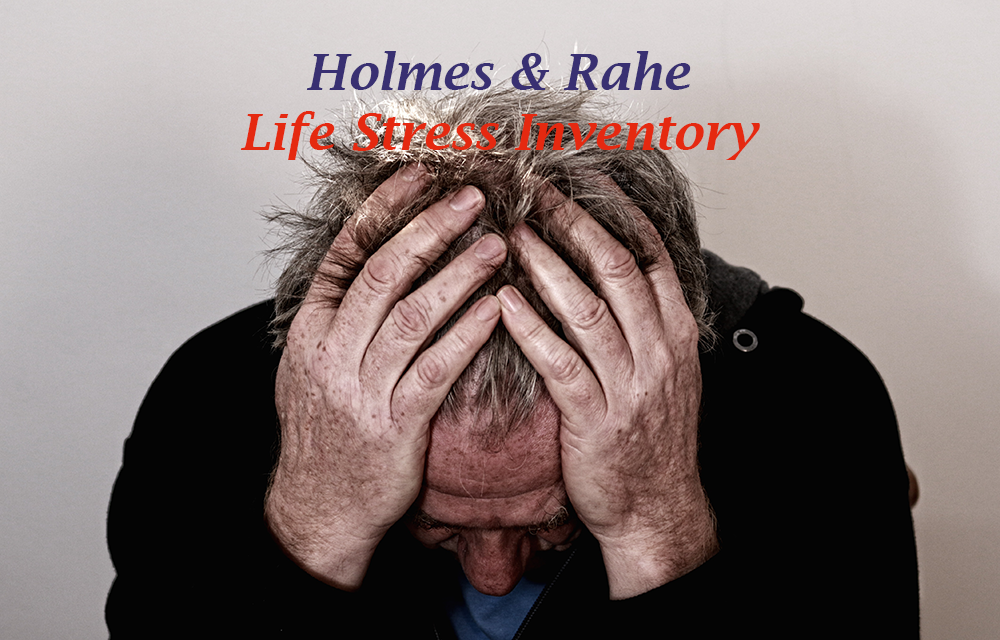Holmes & Rahe – Life Stress Inventory
There is tremendous value in utilising the EQ, MBTI & TKI information to consider how you are uniquely predisposed and how you may want to expand your skill base. Within the EQ assessment think about how you compared to the ‘top guns’ of leadership. Remembering that the 15 subscales are ranked relative to each other. So where you might be lower in a subscale could represent an opportunity to think about that subscale and how you could strengthen that behaviour which would result, with practice, in helping also to strengthen resilience. Your MBTI and TKI add another dimension to your thinking.
Do you practice visualisation or mindfulness?
Mindfulness is the basic human ability to be fully present, aware of where we are and what we’re doing, and not overly reactive or overwhelmed by what’s happening around us. When mindfulness is present, we can see our thoughts, feelings, motivations, reactions, and responses with greater clarity and wisdom. We can pause before reacting and choose the appropriate response for the moment we are in.
Visualisation has an interesting history. Shakti Gawain was a new age and personal development author. Her books, all 17 of them, have sold over 10 million copies. Her best-known work is Creative Visualization: Use the Power of Your Imagination to Create What You Want in Life (1978). It has been on the bestselling book list for nearly 40 years!
I believe her work morphed into today’s more popular term of mindfulness. Mindfulness is more focused on being fully present and can be grounding and empowering when overlaid with creative visualisation.
According to Wikipedia. Meditation is a practice in which an individual uses a technique such as mindfulness or focusing the mind on a particular object, thought or activity to train attention and awareness and achieve a mentally clear, emotionally calm and stable state. Having said that, Wikipedia says there is no universally accepted definition, and many cultures have used meditation. There is also a category called guided meditation which seems very similar to Gawain’s visualisation process.
No matter what you call this relaxation process, visualisation is a simple demonstration of relaxation whilst using your mind to create vivid images to support your notion of relaxation and success.
Some of you from APAC shared different Yoga practices which is a practice seen as being widely practiced within Indian culture – I am envious!
Meditation, mindfulness, and/or visualisation have many similarities. Yet, each has its own approach and nuances, with there being many mental, physical and emotional benefits of engaging in some form of this practice.
Session Videos & Slide Deck
Building Resilience
Timeline Activity & Discussion & 4S’s Strategy
Tools for Building Resilience
Backwards Brain Bicycle
Building Resilience – Slide Deck



